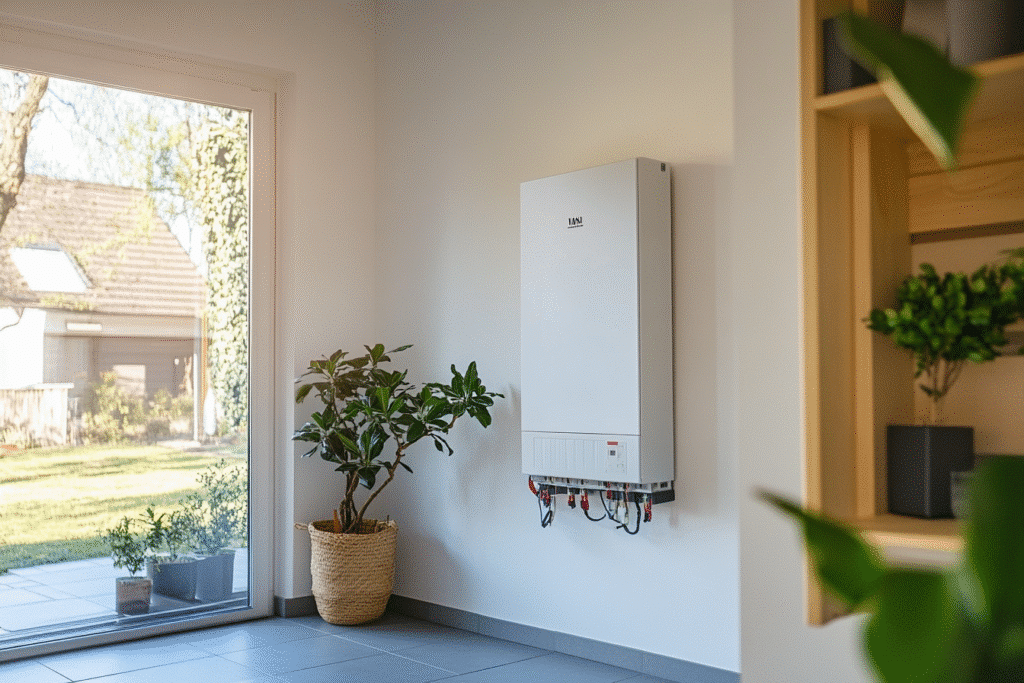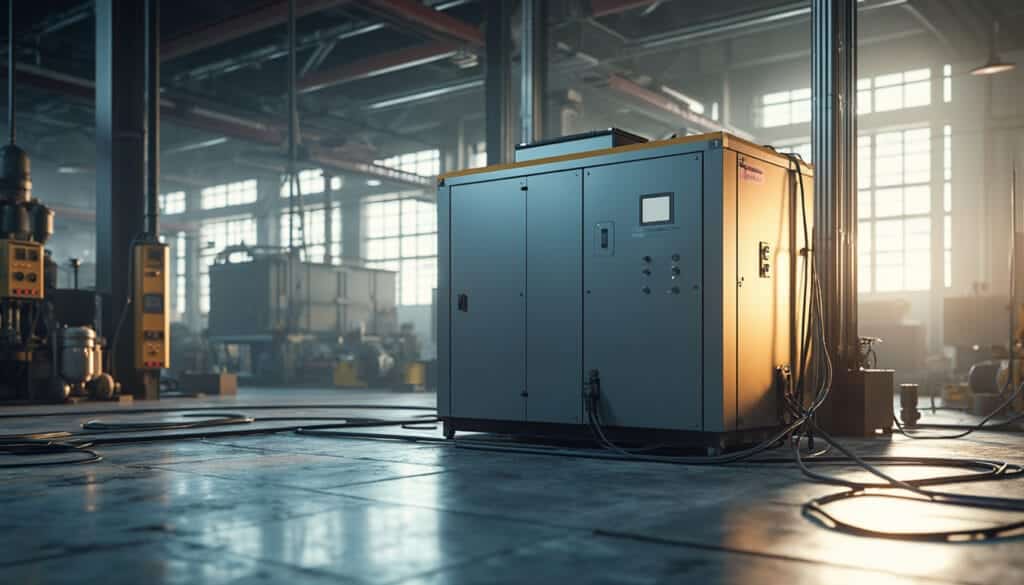Australia, land of vast natural resources and technological innovations, is at a decisive crossroads in the energy transition. As the whole world intensifies efforts to reduce its carbon footprint, sodium-ion batteries emerge as a promising alternative to traditional lithium-ion batteries. They could not only provide a more sustainable and cost-effective solution for energy storage but also play a key role in the integration of renewable energies. It is crucial for all of us, citizens and decision-makers, to pay attention to this technological advancement, as it could well trigger a real energy revolution in Australia, shaping the future of our environment and economy. Do not underestimate the importance of educating yourself and engaging on this subject, as the consequences could be significant and beneficial for our planet.
Sodium-ion batteries: a new era of energy storage

Energy storage technologies are rapidly evolving, and sodium-ion batteries are positioning themselves as a promising solution to strengthen global electricity networks. In Australia, where the transition to renewable energies is a priority, it is essential to closely examine this emerging technology.
La spin-off du CNRS @TiamatEnergy commercialise le 1er produit grand public alimenté par la technologie de batteries sodium-ion. Ce tournevis sans fil ? sera en rayon dans certains @leroymerlinfr dès le mois d’octobre. #CNRSenergie ? @cnrsinnovation https://t.co/pKX5l9gb46
— CNRS ? (@CNRS) October 26, 2023
The limits of renewable energies and the need for storage
Renewable energy sources like solar and wind are inconsistent, providing electricity only based on weather conditions. To ensure reliable supply, it is crucial to integrate storage technologies capable of releasing electricity on demand.
Currently, lithium-ion batteries dominate the short-term storage market. However, they are not ideal for long-term storage needs, opening the way for sodium-ion batteries.
Advantages and disadvantages of sodium-ion batteries
Sodium-ion batteries use sodium, an element that is much more abundant and potentially less costly to extract than lithium, making this technology attractive. Furthermore, factories producing lithium-ion batteries can easily adapt to the production of sodium-ion batteries, thus reducing transition costs.
In terms of performance, sodium-ion batteries can maintain their charge longer than lithium-ion. However, they are currently less energy-dense, requiring more space and materials to store the same amount of electricity.
Environmental impacts and sustainability
The processes for extracting lithium often involve high water consumption and risks of pollution. In comparison, the environmental impacts of extracting sodium are generally lower, making sodium-ion batteries more sustainable over the long term.
- Less local pollution
- Abundance of the resource
- Reduction in extraction costs
Development and commercialization: what to expect?
The key question surrounding sodium-ion batteries is their commercialization on a large scale. According to some analyses, they could become competitive as early as 2027, rivaling natural gas plants to stabilize electricity networks.
In the United States, the Department of Energy predicts that sodium-ion batteries could capture a significant market share by 2030, positioning themselves as a viable alternative to lead-acid and lithium-ion batteries for residential and industrial applications.
Outlook for Australia and the energy transition
The Australian Energy Market Operator (AEMO) anticipates the phase-out of coal by 2035, but estimates that natural gas will remain necessary. This analysis could be challenged by the emergence of technologies like sodium-ion batteries, which offer cleaner alternatives.
Disruptive innovations are growing rapidly. Therefore, it is crucial that energy policies consider these new technologies and do not invest solely in polluting solutions like natural gas. Climate stability will depend on our ability to plan for these sustainable alternatives.
The importance of proactive technological planning
As the Climate Action Authority assesses Australia’s technological pathways, it is essential not to lock in polluting options for the electricity sector. Sodium-ion batteries could provide a viable and clean solution to achieve carbon neutrality by 2050.
By adopting these technologies, Australia could not only stabilize its electricity grid with renewable energies but also become a global leader in sustainable energy innovation.
Articles similaires
Thank you!
We will contact you soon.














